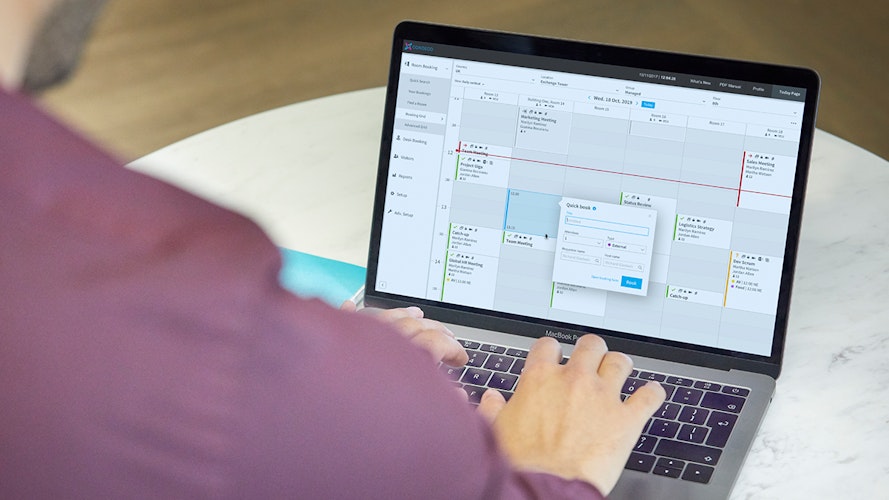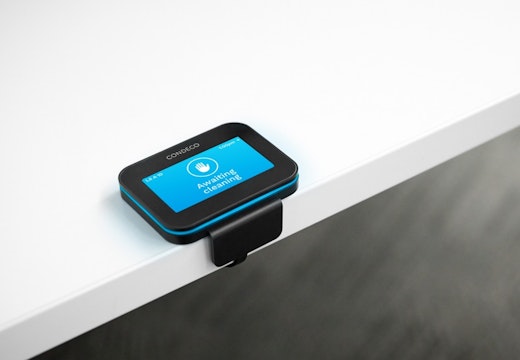Four essential elements of workplace technology
From software to space utilisation, Condeco explores four key reasons why office innovations are to be embraced rather than feared
It’s a natural reaction for human beings not to like change. Any time new things or new ideas are put in front of us, it can be instinctive to avoid them or find fault with them.
Workplace technology is no exception to this. Part of the resistance is the fear that as technology and automation continues to advance, it could render many jobs redundant. The other part is resistance to learn new things because the old ways of doing things still work.
But technology doesn’t have to be feared; indeed, it can be a friend of the human workplace rather than a foe. When people and technology work together in the right ways, they can effect huge positive changes to our working practices and environments; especially in times of uncertainty and societal change.
Here are four ways you can adopt workplace technology to make the great work your staff do every day even better:
The cloud
Many businesses still look at the cloud in the same way they look at the physical servers it replaced – a unified way to store and retrieve documents from different workstations. But to do that is to neglect the potential of what the cloud can do in enabling a much more flexible, agile workforce that can be fully productive anywhere, any time.
If people can access all the information they need to do their jobs from their mobile phones or tablets, then they can be just as productive and effective at home or on a train than they would be in an office. And if they don’t necessarily have to be in the office all the time, they can work more flexibly, at times and in places that fit in better with their family and home lives.
That flexibility is becoming a major driver of employee satisfaction, and you stand a better chance of attracting talented staff to your business if you can deliver it.
New workspaces
Technology means you can take a much more proactive approach to how your office environment is organised. Instead of allocating every individual a desk, technology can help organisations understand how much space they really need based on the number of people frequenting the office on a regular basis.
Workplace management software can be used to manage things like hot-desking, where staff can book a desk in advance for the time they need it, and fewer desks can therefore be used by more people. The space you’ve saved can then be used for more collaboration spaces like meeting rooms and breakout zones, or for increasing the size of your workforce in a much more cost-effective way.
Integrated software
Although workplace technology can be a huge benefit to your office environment, it is possible in this case to have too much of a good thing. Accumulating more and more ‘flavour of the month’ software, all catering for very specific and individual functions, just means employees use up more of their valuable time using them all.
The only effective way around this is through integration, where information put into one application automatically updates elements of other applications to enable a more automated, co-ordinated way of working. For example, you may need to book a meeting space for video conference, you can now easily simplify the booking of a VC by integrating video with meeting room booking into a central process.
Visitor management
Without the aid of technology, a customer or supplier visiting your building for a meeting has to talk to a receptionist, sign the visitors book, get their pass prepared and then get directions on how to find a meeting room in a building they’re unfamiliar with. Every single part of this process can be automated with the use of a visitor management system and a computerised front-of-house kiosk that can give the visitor everything they need in a matter of seconds. It’s slick, quick and professional from the perspective of the visitor, and it’s a major time and labour saver from the view of your receptionist.
Workplace technology can help enable a more flexible and agile workplace but it has to be the right fit and culture for each organisation.








